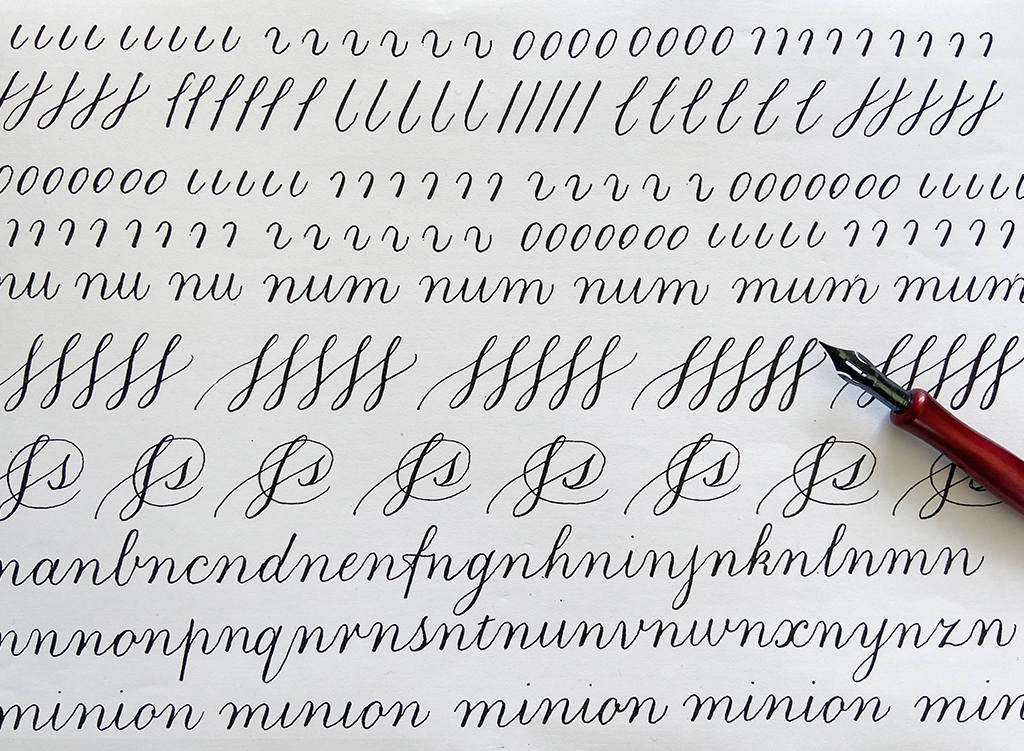Patterns Make Progress
I regularly attend Tai Chi classes at Wu’s Tai Chi Chuan Academy in Brixton www.wustylebrixton.co.uk and we are extremely fortunate to have access to Wu’s style Tai Chi Chuan direct from the source because our Teaching Disciple, Neville Cote, is a Disciple of Grand Master Eddie Wu Kwong Yu.
Tai Chi is a series of slow, graceful movements used as a meditation to provide relaxed focus and a deep sense of tranquility that helps release inner tensions. The 108 traditional form is at the heart of Wu Style Tai Chi Chuan and every single movement has a meaning which we practise diligently to gain a better understanding. This is why we begin every session with warm up exercises called Qigong to optimise flexibility, balance and breathing.
Although Tai Chi may seem soft and gentle, it is loaded with energy and it has a lot in common with calligraphy which is also about the art of control. If you want to become proficient at any style of calligraphy you can’t begin by writing your letterforms in a haphazard fashion, it’s better to start with pen pattern exercises to loosen up the wrist and to calm the mind ready for writing.
Broad-edge pen pattern exercises
HERE ARE A FEW TIPS
1) Work at a steady pace; It’s better to do a few lines to the best of your ability rather than many pages of badly made marks.
2) Move your arm not just your fingers
3) Don’t grip your pen too tightly. Set your alarm for 15 minutes and then stop, put your pen down and wiggle your fingers.
Warm-up exercises with a flexible nib
4) Change the focus of your eyes regularly because if you concentrate for too long on your page your eyes will become dry and tired. So look out of the window so that your eyes have a chance to re-focus.
5) Oh and don’t forget to breathe.
Brush pen warm-up exercises
After a little practise try and invent some of your own patterns but keep them simple and be as accurate as you can. Remember the more patterns you do the more control you’ll have over your writing tool which in turn will lead to better writing. This control and understanding will, eventually, help you take your calligraphy and lettering work in a more experimental direction.





